Genius or Crazy? End Colorblindness By Coloring.

Genius or Crazy presents innovative and unorthodox solutions to complex problems. Current technological feasibility is irrelevant: This is a thought exercise. Is it genius? Is it crazy? You decide.
Read on below, vote, and let us know what you think in the comments.
Can colorblindness be eliminated simply by changing our approach to diagnostics? Experimental philosopher Jonathon Keats claims it can be, and has attempted to do so by creating the first fully interactive color vision charts, which adapt to each viewer’s eyesight as the viewer colors them in.
“My charts are inspired by the standard colorblindness test invented by Japanese ophthalmologist Shinobu Ishihara in 1917,” he says. “I’ve given Ishihara’s test new functionality by combining his invention with an even older technology, the coloring book.” These provocative new charts — which are now being manufactured as self-adhesive wall graphics by Walls360 — are printed completely blank except for thin black outlines, and can be completed with colored pencils, markers, or crayons. “If you customize them to your own color perception, you’re guaranteed to see the hidden figures perfectly,” Keats explains.
According to information provided by the manufacturer, the Universal Colorblindness Test is scientifically based on recent studies of other species, which have been found to vary significantly in their color vision. “Different creatures have different spectral sensitivities and even different numbers of color receptors,” Keats says. “A pigeon isn’t going to agree with a zebrafish about the hues of that infamous blue dress, yet no zoologist would diagnose either with colorblindness. My test is the first to internalize chromatic subjectivity, ensuring equally positive test results for everybody.”
Designed and produced by Craig Holden Feinberg — an award-winning designer whose background includes work with Benetton, Taschen, Fabrica, and Begson — the Universal Colorblindness Test charts are currently being made available to broadminded doctors, but are primarily intended as an alternative to medical authority: self-diagnosis as a means of self-discovery. Feinberg even sees the potential for people to discover mutually overlapping color spaces. “You can work up a collective vision by coloring one in with your buddies,” he says.
As for Keats — whose other recent projects include geoengineering a new supercontinent and applying quantum entanglement to marriage — he’s opted to keep his personal test charts blank, preferring to imagine the colors in his head. “The colors remain totally subjective that way,” he says. “The Universal Colorblindness Test is not only a corrective measure for misperceptions about color, and not only an antidote for the tyranny of majority points-of-view. It can also be an instrument for introspection, a way to perceive your own perceptions.”
Tell us what you think. Would you color in your own colorblindness charts? Would you trust the results above standard medical testing? Is this a useful new approach to diagnostics? An interesting thought experiment? An absurdist prank? Or another senseless stunt by a man who needs to get a real job?
Genius or crazy?
—





